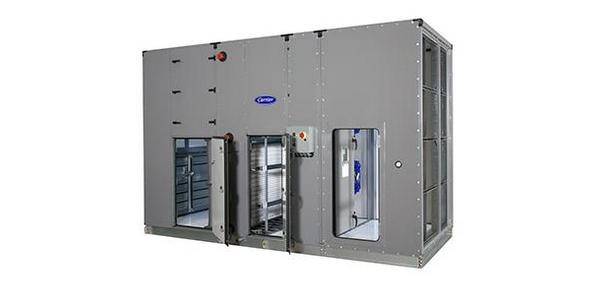The ASHRAE Epidemic Task Force has released new guidance to address control of airborne infectious aerosol exposure, in addition to recommendations for communities of faith buildings.
An infectious aerosol is a suspension in air of fine particles or droplets containing pathogens, such as the SARS-CoV-2 virus that can cause infections when inhaled. They can be produced by breathing, talking or sneezing, as well as by flushing toilets and by certain medical and dental procedures.
ASHRAE’s Core Recommendations for Reducing Airborne Infectious Aerosol Exposure concisely summarize the main points found in the detailed guidance documents produced by the ASHRAE Epidemic Task Force. They are based on the concept that ventilation, filtration and air cleaners can be combined flexibly to achieve exposure-reduction goals subject to constraints that may include comfort, energy use and costs.
Specific recommendations include:
Public Health Guidance
-
- Follow all regulatory and statutory requirements and recommendations
Ventilation, Filtration, Air Cleaning
-
- Outdoor airflow rates guidance for ventilation as specified by applicable codes and standards
- Recommendations on filters and air cleaners that achieve MERV 13 or better levels of performance
- Air cleaners usage
- Control options that provide desired exposure reduction while minimizing associated energy penalties
Air Distribution
-
- Promote the mixing of space air
HVAC System Operation
-
- Maintain temperature and humidity design set points
- Maintain equivalent clean air supply required for design occupancy
- Operate systems for a time required to achieve three air changes of equivalent clean air supply
- Limit re-entry of contaminated air
System Commissioning
-
- Verify that HVAC systems are functioning as designed.
Recommendations for Communities of Faith include the following:
Identify HVAC system characteristics. Compile and review operation and maintenance manuals and schedules.
Verify HVAC systems are well maintained and operating as intended. For maintenance, follow the requirements of ASHRAE Standard 180 – 2018, Standard Practice for the Inspection and Maintenance of Commercial HVAC Systems.
-
- Consider PPE when maintaining HVAC systems including filters, coils and drain pans
Operate HVAC systems, if present, with system fan set to run continuously when building is occupied for services or cleaning.
Operate the system for a time required to achieve three equivalent air changes of outdoor air (effect of outdoor air, filtration and air cleaners) before the first daily occupancy and between occupied periods, if appropriate. Three equivalent air changes can be calculated using ASHRAE’s Building Readiness Guide.
To view the complete ASHRAE Core Recommendations For Reducing Airborne Infectious Aerosol Exposure and Communities of Faith Building guidance, visit ashrae.org/COVID-19.


